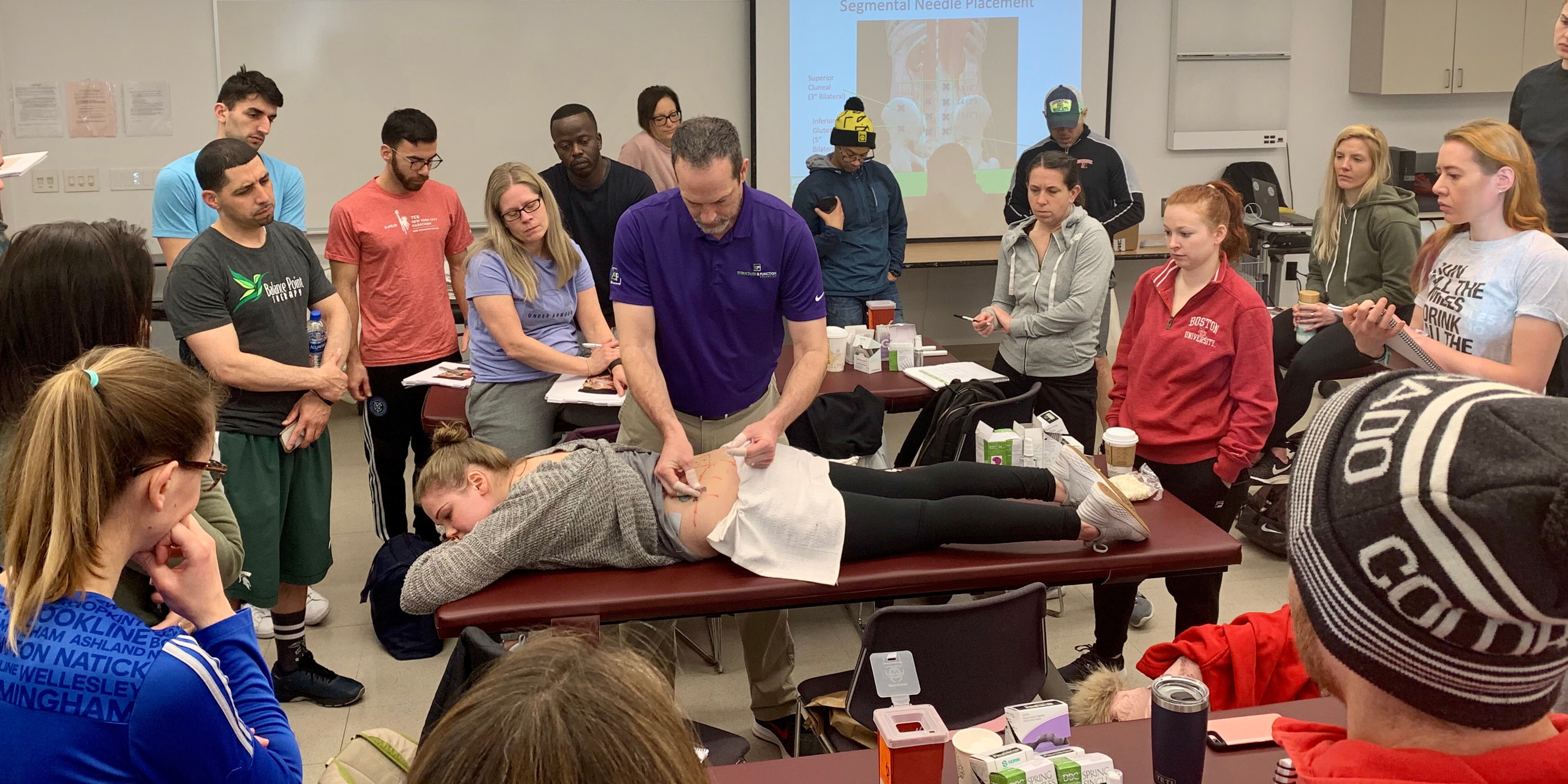
Content Guide for Instructors & TAs
This guide is your essential toolkit for capturing high-quality photos and videos during our dry needling courses. As instructors and teaching assistants, you are the eyes for potential new students, offering them a glimpse into the vibrant learning experiences that define our community. Through this guide, we provide you with practical tips and straightforward instructions on how to use your smartphone camera to its fullest potential. From mastering camera settings to understanding the art of composition and lighting, we cover everything you need to create engaging, professional content. The images and videos you capture are crucial in our marketing efforts, helping to showcase the dynamic, hands-on nature of our courses. Your role in this process is invaluable in attracting and welcoming new members to our educational community. So, let’s equip ourselves with these skills and start capturing the moments that celebrate and define Structure & Function Education!
CAMERA SETTINGS
PHOTOS
VIDEOS
QUESTIONS TO ASK IN VIDEO TESTIMONIALS
Videos for the person being needled and the one doing the needling can be recorded while they are practicing. The videos for after-class and TAs should be done after class or during the lunch break, preferably outside with less noise or against a blank wall (or wall showcasing the host, if applicable).
For the Person Being Needled
- Initial Thoughts: “How did you feel before the dry needling session, and what were your expectations?”
- Experience During the Session: “Can you describe your experience during the needling process? What sensations or feelings did you notice?”
- Perceived Benefits: “Have you noticed any immediate changes in your condition or how you feel since the session?”
- Overall Impression: “What would you say to someone who’s considering dry needling but might be hesitant or unsure about it?”
For the Person Doing the Needling
- Technique Explanation: “In your own words, explain the technique you used today and why it’s beneficial.”
- Patient Assessment: “How do you assess a patient to determine the best approach for dry needling?”
- Personal Experience: “What inspired you to learn and practice dry needling, and what are you hoping the impact will be on your practice?”
- Advice for Learners: “What advice would you give to healthcare professionals considering training in dry needling?”
For After-Class Testimonial on Course/Experience
- Course Overview: “Can you give us a brief overview of your experience with Structure & Function Education so far?”
- Key Learnings: “What do you think are the most valuable skills or knowledge you’ve gained from this course?”
- Application of Skills: “How do you envision applying what you’ve learned here in your professional practice?”
- Recommendation: “Would you recommend Structure & Function Education to others, and if so, why?”
- Overall Impression: “How has this course influenced your perspective on dry needling and its role in healthcare?”
For TAs
- Professional Growth: “In what ways has your experience as a clinician evolved since incorporating dry needling into your practice?”
- Professional Impact: “How has your training with Structure & Function Education impacted your approach to patient care?”
- Skill Application: “Can you share a specific instance where applying dry needling techniques significantly benefited a patient?”
- Advancing Practice: “How do you stay current with advancements in dry needling and other related therapeutic techniques?”
- Advice for New Clinicians: “What advice would you give to new clinicians considering dry needling training?”
- Structure & Function Community: “How do you view your role within the Structure & Function Education community, and what does being part of this community mean to you?”

